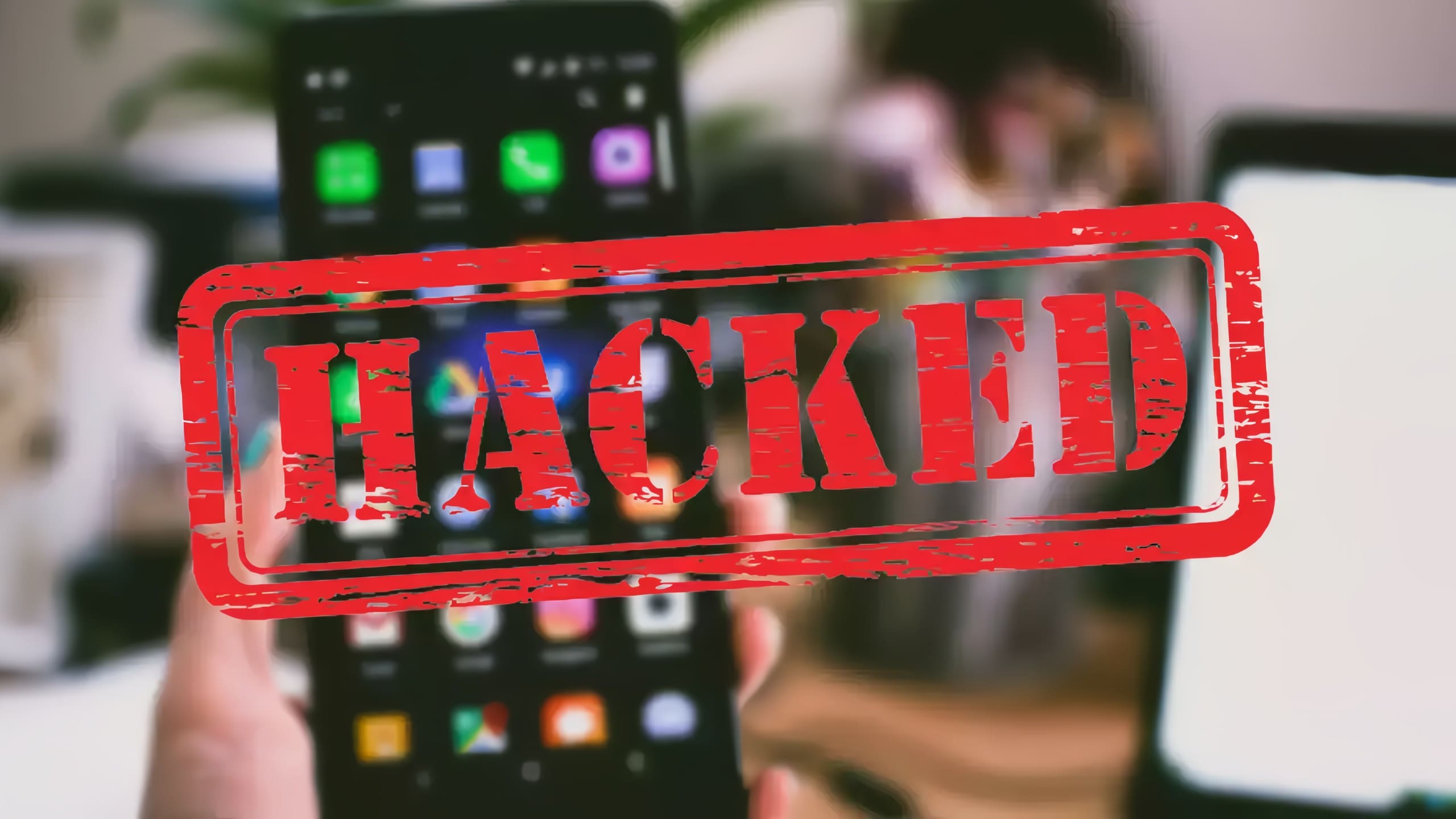Mobile and Email Hack Investigations
Mobile and Email Hack Investigations

Mobile And Email Hack Investigations :
mobile and email hacks typically involve identifying unauthorized access to personal or corporate accounts, determining the extent of the breach, and gathering evidence for legal action or mitigation.
Initial Assessment:
Gather information about the nature of the hack: when it occurred, what accounts or devices are affected, and the potential impact.
Forensic Analysis:
Secure the compromised devices and accounts to preserve evidence. Avoid logging in or making changes that could tamper with the data.
Conduct forensic analysis of affected devices, including mobile phones, computers, and servers.
Network Analysis:
Trace the origin of the hack by analyzing network traffic logs, IP addresses, and other digital footprints left by the attacker.
Identify any unauthorized access points or vulnerabilities in the network infrastructure that could have been exploited during the hack.
Email Forensics:
Analyze email headers and logs to determine how the attacker gained access to the email account.
Identify any suspicious activities, such as unauthorized logins, email forwarding rules, or changes to account settings.
Examine the content of compromised emails for evidence of data theft, fraud, or other malicious activities.
Legal and Regulatory Compliance:
Ensure compliance with applicable laws and regulations governing cybersecurity and data privacy.
Document all findings and evidence collected during the investigation to support potential legal action or regulatory reporting requirements.
Consult with legal counsel to assess the legal implications of the hack and determine the
Remediation and Prevention:
Implement security measures to remediate the breach and prevent future attacks, such as changing passwords, updating security configurations, and deploying patches or security updates.
Educate users about cybersecurity best practices, including password hygiene, phishing awareness, and the importance of using multi-factor authentication.
Monitor systems and networks for signs of suspicious activity, and establish incident response protocols to quickly detect, contain, and mitigate security incidents in the future.


